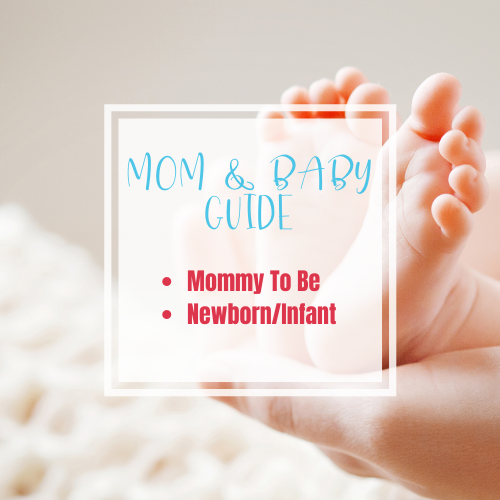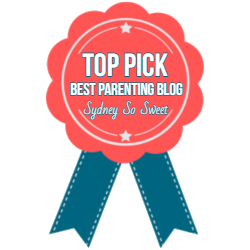Introduction
When it comes to buying infant toys, there are many things to consider. As a parent, you want the best for your child and want to ensure that you're buying toys that are safe, age-appropriate, and educational. Here are some tips on what to think about when buying infant toys:
Choose safe materials.
Avoid toys with small parts, strings, or cords, and loud noises.
Toys should be soft and washable.
Plastic or rubber toys are better than hard plastic or metal toys.
Avoid toys with sharp edges that could hurt your baby's mouth, head, face, and eyes while they're playing with them (you can test this by putting your finger in the toy).
Make sure toys are age-appropriate.
Check the label. Toys for babies and toddlers should have an age range on the packaging, so check this before buying.
Choose toys that are right for your child's age. There's no point buying a toy that's too old or too young for them—it won't be any fun!
Look for age-appropriate toys. This is especially important if you're buying something electronic since they can contain small pieces that could easily become a choking hazard in younger children.
Avoid toys with small parts, strings, or cords and loud noises.
When you're buying toys for your baby, it's important to avoid:
Toys with small parts. Small toys can be a choking hazard if they are swallowed by babies or toddlers.
Stringed, corded, or otherwise flexible objects can become tangled around the fingers and toes of children.
Noise-making toys that may distract children from their play activities (and cause them to lose sleep), or be loud enough to damage hearing in older kids.
Check for product recalls.
It's important to check for product recalls. If a toy has been recalled, go through the manufacturer's website and follow the instructions for getting your money back or a replacement toy. You may also want to check on Amazon or other online stores for more information about whether there have been any recalls of toys that you plan to buy.
If you find out that there is a recall, don't put off returning the product—the longer you wait, the greater chance that it could cause problems for your child and others who use it later on down the line!
Consider your child's temperament and behavior.
Consider your child's temperament and behavior.
If your child is an active, energetic person, choose more mobile toys (like those with wheels) and involve movement.
If your child is a quiet, reserved person, choose quieter toys that don't have many bells or whistles.
If your child has an adventurous nature and likes to explore new things, choose challenging toys such as puzzles or games that will keep him or her engaged for a long time to come
Choose toys for stimulation and developmental growth.
Is this toy educational? It’s important to look for toys that encourage learning and development. Toys can help a child learn about the world around them, their emotions, and themselves. They can also help develop their fine motor skills as they play.
Is the toy compatible with other items? If you have other toys or equipment in your house already then it's worth checking if this new toy is compatible with them before purchasing it. This way you can ensure your child isn't going to be disappointed when they get home from school and find out that their new toy doesn't work with anything else!
Provide a variety of textures and colors.
When buying toys for a baby, you'll want to provide a variety of textures and colors. This helps children learn about the world around them as they explore new things. Textures can also help babies learn about cause-and-effect relationships, while colors are important for recognizing shapes and patterns.
A colorful toy like an infant activity gym can help children learn about colors by exposing them to different shades of red, blue, green...etcetera!
Introduce musical instruments and rhythm games early on.
Musical instruments, including drums and rattles, are great for babies to touch and explore. They also help develop their sense of rhythm, which is important as they grow up.
The best way to introduce musical instruments is with a parent or caregiver who can explain what they are doing and why it's important. A simple way to do this is by having the baby place the instrument in front of his face so he can see it, then move it away slightly—a distance that allows him to still see it but without letting him grab hold of it (a problem if you don't want your child getting injured).
As your child grows older, you can gradually introduce more complicated rhythms using different types of instruments like tambourines or maracas.
Create an uncluttered play area.
Create an uncluttered play area: Make sure there is enough room for the child to move around. If you are going to fill a basket with toys, make sure it's in a part of the room that is free of furniture and other items (and that the basket isn't so full that your little one can't reach in).
Age-appropriate toys: This doesn't mean buying every toy on their wish list—it means finding age-appropriate toys for them instead of trying to buy everything under the sun. It can also mean trading in some old ones for newer ones if they're still interested but have outgrown them.
Safe toys: Make sure all your purchases are safe for babies and toddlers, no matter how cute they look or how much fun it says they'll be having on the box! This includes making sure there are no small parts that could be swallowed or choked on as well as any chemical hazards (like lead paint). Also, keep in mind where you store these things at home; since young children may not realize that some objects should never be put into their mouths or nose, keeping certain items out of reach makes everyone safer!
Variety: While it's tempting just to buy everything they want right away so they'll be happy now, remember what we said earlier about taking care not only of quality but also quantity over time? That applies here too—you don't need every single thing at once--but do consider giving them more than one choice from each category when possible."
Choosing the right toy is important to help your child develop safely and appropriately.
Choosing the right toy is important to help your child develop safely and appropriately. Toys can also be used to improve language skills and physical development.
Choose age-appropriate toys. Toys should be safe, sturdy, well made, and won't break easily. Avoid toys with small parts, strings or cords, loud noises (like a toy gun), or sharp edges that could poke your child's eye out. Also, make sure there are no recalls for the specific product you're thinking about buying; check online for any recalls by its manufacturer or the U.S Consumer Product Safety Commission (CPSC).
Consider your child's temperament and behavior when choosing an infant toy: Infants can't tell you what they like best yet so this choice must come from you! Think about whether they'll enjoy interacting with it while they're still young enough that playing doesn't require much skill on their part - anything too complicated might frustrate them instead of entertaining them at this stage in their development (iPod Touch anyone?).
Conclusion
As you can see, there are lots of factors to consider when choosing a toy. But with these tips in mind, it becomes much easier to find the right toy for your child. Remember that every baby is different and has different needs. Don't let yourself get overwhelmed by all of the options out there! Instead, choose a few toys that are age-appropriate and safe for your child's development stage, then stick with those until they no longer interest him or her anymore (which will probably happen sooner rather than later).









































No comments
We love hearing from you! Thanks for leaving us some comment love! If you're a new follower, please leave your link, so we can follow you back!